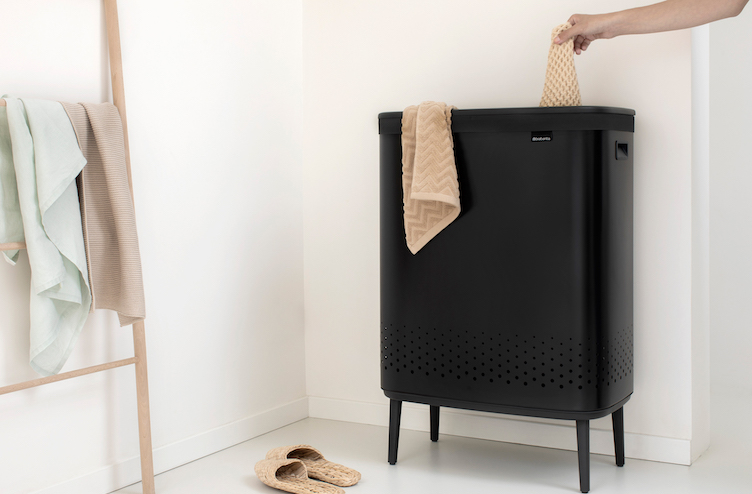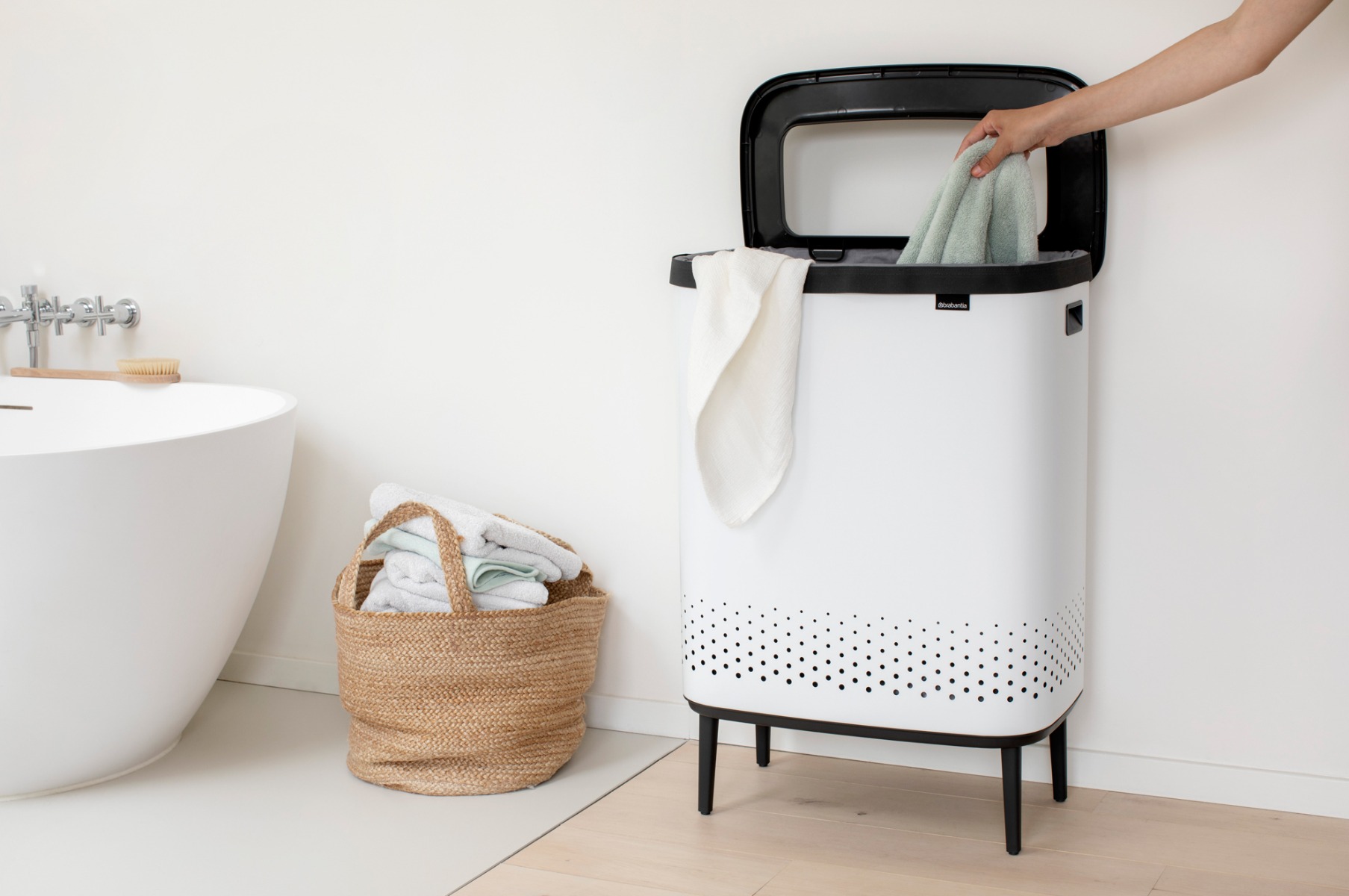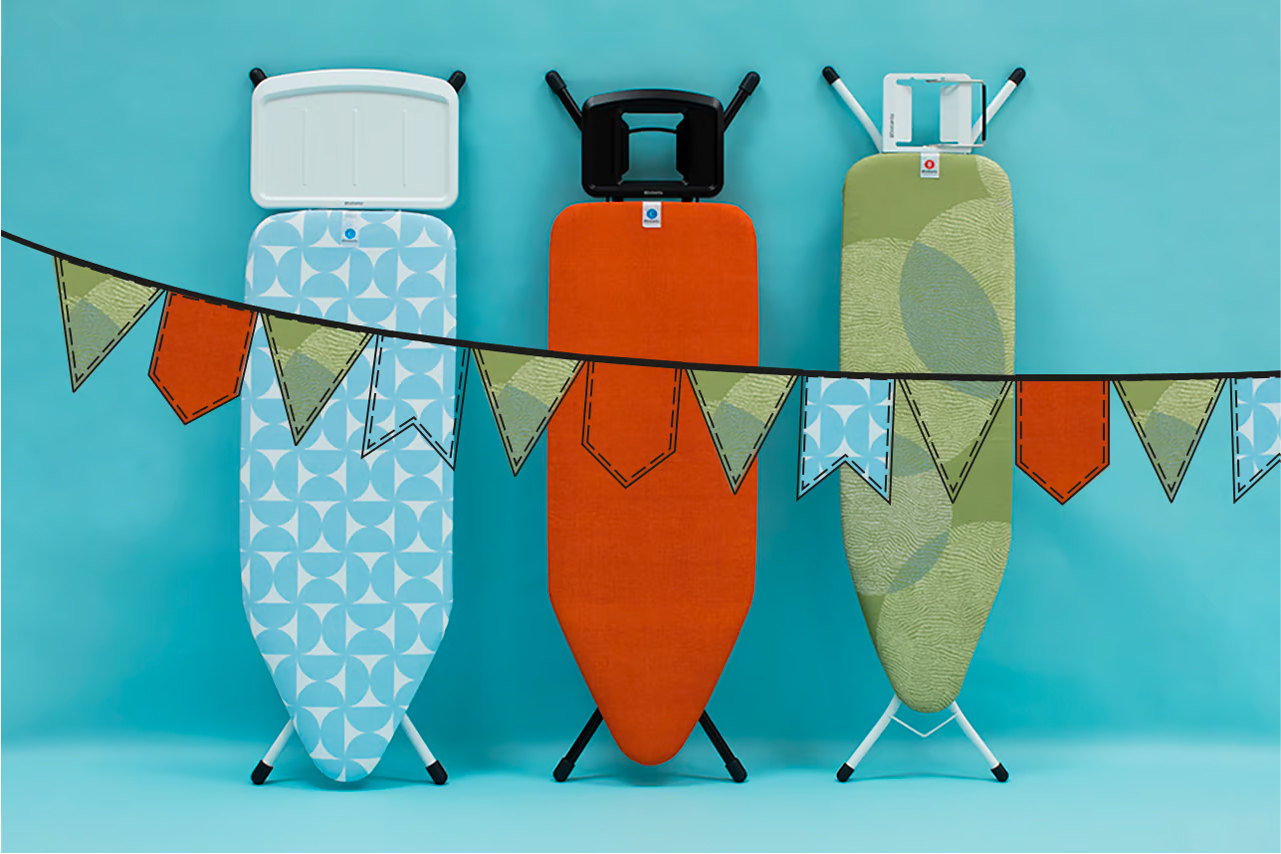
-
 By
Brabantia _
By
Brabantia _ - 12 Jun 2023
Washing winter clothes - How to do it
Warm drinks, cosiness and holidays - winter is a wonderful season. Here's how to keep your soft warm clothes that go with it nice and clean.
By the way, soda water also seems to work well against wine stains. And has the stain dried up? Then try applying shaving cream or vodka to the stain, rub in gently and then wash in the machine. Chocolate milk is a different story. Have you had a collision with a cup of hot chocolate? Then take immediate action. Don't let the stain dry and don't rub it either, but rinse with cold water. Then put the garment in a bucket of warm water and a lot of salt for 2 hours. Rinse and machine wash. This typical winter stain should disappear like snow in the sun ;-). Instead of soaking in a bucket of salty water, you can also dab the stain with glycerine or pure alcohol and wash your garment afterwards.
HOW TO WASH WINTER WOOL
When it's cold, it's great to curl up in a warm woollen cardigan or a thick knitted jumper. And what about a gigantic scarf in super soft mohair or merino? Indispensable winter items that you use a lot. And they need to be washed. But you can't just drop wool in the washing machine, at least not if you want to keep your woollen clothes looking good. Wool can also shrink enormously if you wash it incorrectly. It's a shame! Wash woollen items with a little (wool) detergent on the wool programme of your washing machine or at 30 degrees and do not spin harder than 600 rpm. If necessary, add a little vinegar.
DRYING WOOL
Drying wool is another thing - if you just hang it on the line, it will stretch. After washing, lay your woollen jumper flat on a dry fluffy towel and then roll it up together. Apply slight pressure when rolling it up and leave it rolled up for a few minutes. Then lay your jumper on a fresh dry towel on a flat surface or a horizontal drying rack. After 12 to 24 hours, turn over and spread out on a dry towel for a perfect result.
RECOVER YOU WOOLLEN ITEMS
Wool is a natural product and always seems to come out of the washing machine a little smaller. But by ironing wool on the wool setting or at a low temperature with a little bit of steam, this disappears. Skip the cuffs when ironing. Has your woollen item shrunk exponentially? You might be able to fix it, by soaking the garment in lukewarm water with hair conditioner for about 15 minutes. Then lay it on a towel to dry, smooth it out and pull it lightly to stretch it. Then carefully wash and dry again.
WET COATS
At Brabantia, we know all about drying clothes. And we also know that your clothes don't just get wet from the washing machine. Have you been caught out by a winter shower and does your quilted jacket look more like a wet rag? Then you can let it dry on a drying rack. Lay your jacket flat on the drying rack and shake it gently so the padding settles. Place the rack by the heater and/or next to an open window. Drying takes one or two days, depending on the weather. Shake your coat regularly during the drying process to avoid weird bumps.
DRY FASTER IN WINTER
Drying laundry in winter is not as fast as in summer. But it can be done. These tips will speed up the process (and save you the hassle of heating outside):
- Spread your wet laundry before hanging it up and spin as high as possible.
- Hanging laundry too close together will cause it to dry more slowly. Therefore, do not hang garments against each other.
- Do not hang clothes directly over radiators, as it not good for your clothes and certainly not for your energy bill. Putting a drying rack in front of the radiator, however, is a good idea.
- Did you know that you can also dry outside in winter? Especially when it's freezing during the day: then you can freeze-dry your laundry. And it will be very soft.
- Is your favourite shirt still not completely dry? If necessary, you can use a hair dryer to blow your clothes dry as well.
- In the room where you are drying your washing, leave the heating on the normal setting and keep the window closed. When the washing is dry, open the window wide to let the moist air escape. This way, the least heat is lost.









